One of Purbeck’s Finest Country Houses
Tyneham House affectionately referred to as ‘The Great House,’ stood as the centrepiece of village life, weaving the rich tapestry of history, family, and community in Tyneham Village.
This grand residence, nestled within the embrace of the picturesque countryside, held not only architectural splendour but also the memories of the Bond family who shaped the destiny of Tyneham for centuries.
Tyneham House Home of The Bond Family
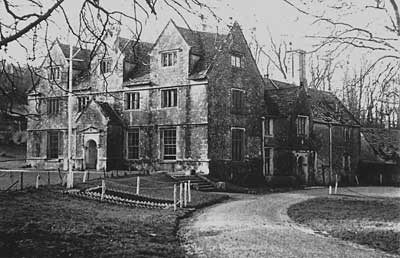
Belonging to the esteemed Bond family, Tyneham manor house served as the epicentre around which the village’s existence revolved. The Bonds’ ownership of the estate infused every corner of Tyneham with their influence, leaving an indelible mark on the community.
Constructed in the year 1523, this three-story Elizabethan mansion possessed an elegance that echoed through time. The grandeur of its design was mirrored by the exquisite grounds that enveloped it—a meticulously maintained haven of natural beauty.
These grounds were adorned with immaculate lawns that stretched as far as the eye could see, accompanied by the shade of graceful lime trees that rustled gently in the breeze.
A touch of the exotic was added by the presence of palms and other tropical flora, which thrived due to the unique micro-climate nurtured by the valley’s humidity.
Extract From The Tyneham DVD – Tyneham Remembered
Tyneham Manor House – After The Evacuation
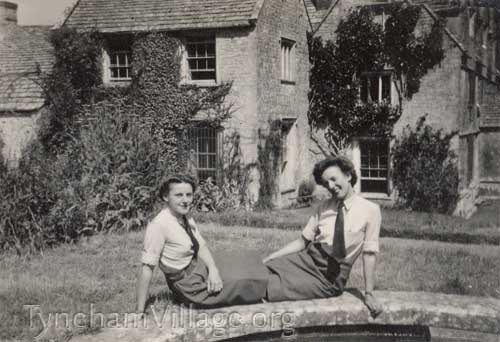
Following the evacuation of Tyneham Village, Tyneham House underwent a transformation that mirrored the upheaval of its surroundings.
Once a bastion of family life and social gatherings, the mansion took on new roles that reflected the wartime exigencies and post-war transitions.
In the throes of World War II, Tyneham House opened its doors to members of the WAAF (Women’s Auxiliary Air Force). The house became a sanctuary for these dedicated women who played an instrumental role in supporting the war effort.
Amid its opulent interiors and splendid surroundings, the mansion took on a new identity as a billeting hub for the WAAF personnel. What was once a family residence transformed into a temporary home for those serving their country in a time of great strife.
As the echoes of war faded and peace returned, Tyneham House bore witness to yet another phase in its history. After the war’s conclusion, the mansion’s doors were boarded up, preserving its grandeur within the embrace of silence. The passage of time left a subtle mark, with a few missing roof tiles being the only telltale sign of the gentle neglect that had settled in.
Tyneham House After The War
With the conclusion of World War II, Tyneham House embarked on a new chapter of its history—one marked by both the passing of time and the transformation of its identity. The echoes of conflict had barely subsided when the mansion found itself at the crossroads of restoration and dispersion.
In a bittersweet turn, Tyneham Manor House was stripped of many of its valuable possessions in the years following the war. The once-elegant interiors, adorned with treasures accumulated over generations, saw the removal of items that had witnessed the ebbs and flows of history. The allure of its antique furnishings, ornate decorations, and precious heirlooms became a coveted resource.
The mansion’s interior was methodically dismantled, with its contents repurposed for other country houses across England. Oak panelling from the interior was relocated to the Dorset County Museum. While doorway from the north porch can now be seen at the Canal at Athelhampton House and the steps were moved to Bingham’s Melcombe.
This recycling of history ensured that the spirit of Tyneham House would continue to thrive within the walls of different estates, while also preserving the legacy of the Bond family’s taste and affluence.
Interestingly, the story of Tyneham House’s post-war dispersal is not confined to the shores of England alone. Tales persist of many of its prized possessions making their way across the Atlantic to the United States.
This transatlantic journey added an international dimension to the house’s story, as its remnants found new homes far from the Dorset landscape they had graced for centuries.
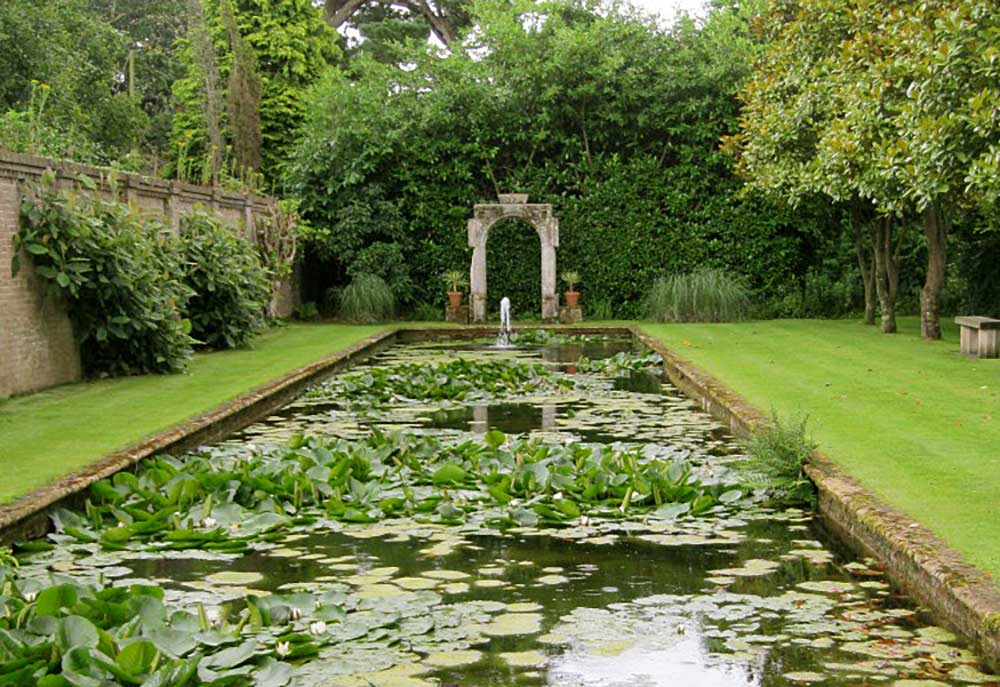
The Demolition of Tyneham Manor House
In 1958 an architect working for the Ancient Monuments Commission declared that the internal construction was far beyond repair. He stated that the reconstruction would have cost over £30,000!
Back in the 1950s that was an astronomical amount of money. However, if they had gone ahead with the reconstruction, how much would it be worth today?
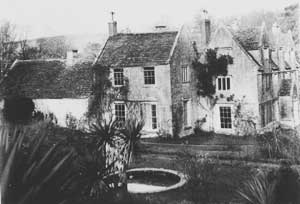
In 1966 a spokesman from the MOD stated that the house had never been used as target practice, but they were discussing the possibility of demolishing it. This account of events was not believed by a lot of people. At this time the windows were all boarded up making it impossible to see inside the house. Some people believed this was to hide damage to the interior caused by army shelling.
In 1968 an article in The Times reported that the MOD was actually now in the process of demolishing Tyneham House.
It had been assessed and decided that it couldn’t be restored, thus leaving demolition as the only option. Despite this assessment, photographic evidence shows that this was clearly not the case and Tynehah Manor House could have easily been restored and preserved much like the church and school were.
The circumstances were clearly different though. Few people had ever seen the house, let alone knew the whereabouts of it. Unlike the church and school which were well and truly in the public eye, Tyneham House was hidden away in Tyneham’s Great Wood, roughly half a mile from the village itself.
The Tyneham Remembered DVD has an interview with former resident, Doug Churchill. He recalls standing in the woods seeing the army stripping the house bare and loading the contents into trucks.
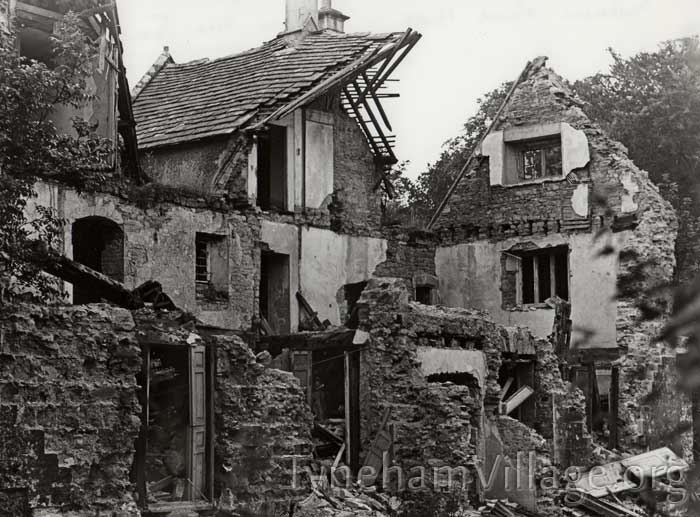
“The remains of The Great House before it was finally demolished. Looking like only a shadow of
it’s former glory, it could have been restored.”
The Remains of Tyneham House Today
Many people believe that because the house was hidden away in the Great Wood, it enabled the army to act quickly in destroying this wonderful country mansion. As mentioned before, many people felt it was to cover up damage done by the army while others theorized it was actually to cover up that most of the interior had been stripped away by army personnel.
The Army has since realized that this was a huge mistake and would rather keep whatever is left of Tyneham House out of the public’s eye.. Thus it is left hidden away in the Great Wood and is impossible to see when visiting the village itself.
There are still some vantage points in the surrounding countryside where it’s still possible to see the the remains of this once grand building, all be it, from a distance. The best chance to catch a glimpse of what remains of Tyneham House is in the winter when there is less greenery.
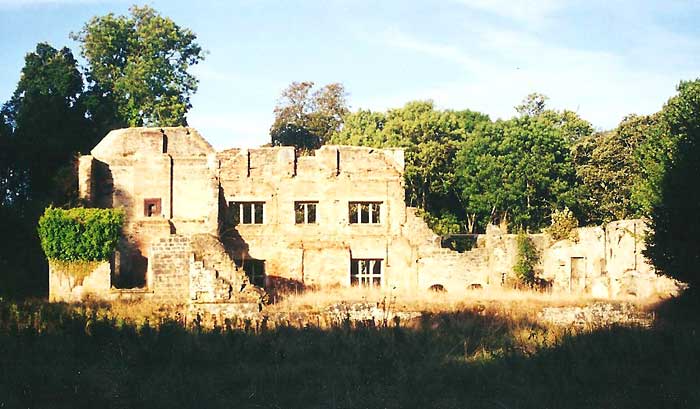
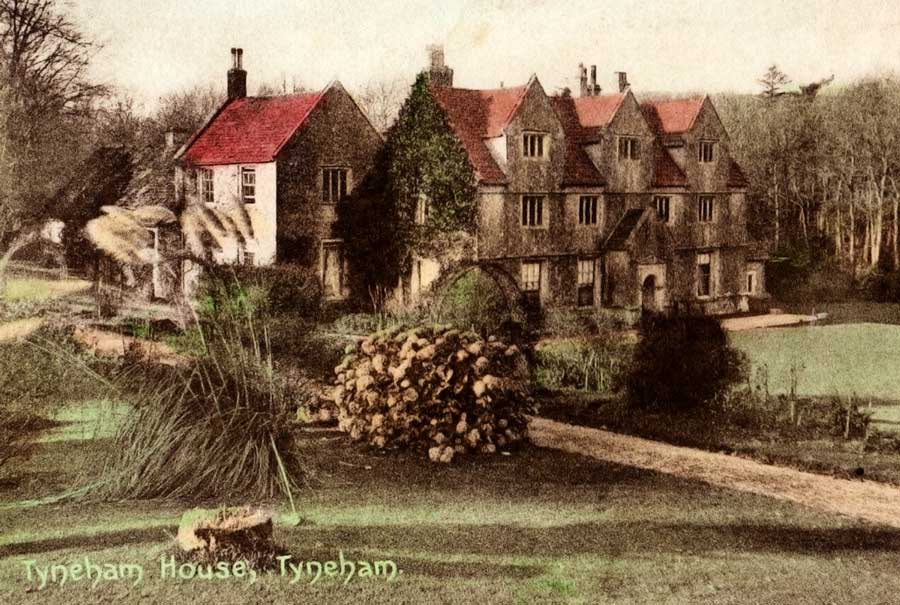
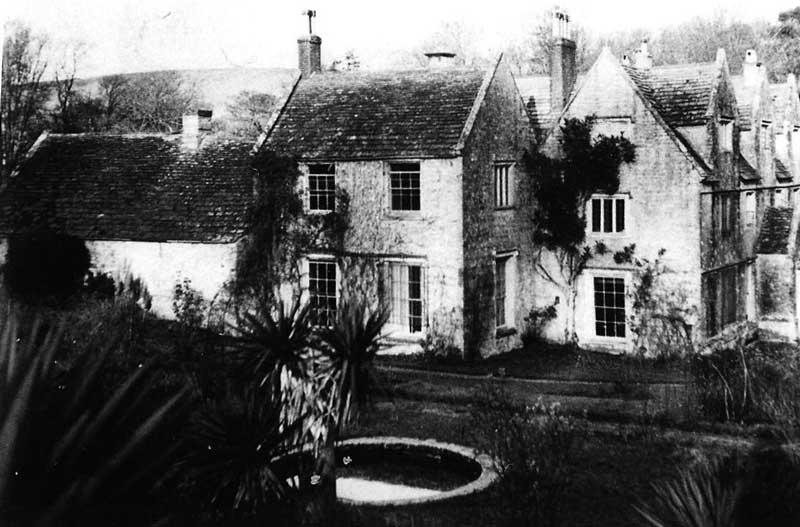
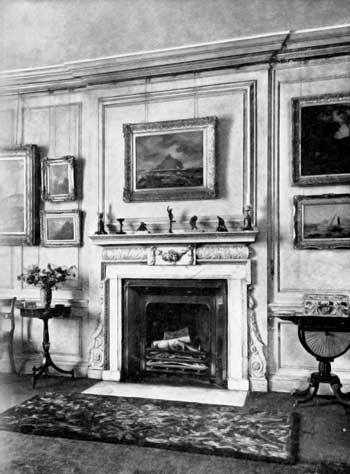
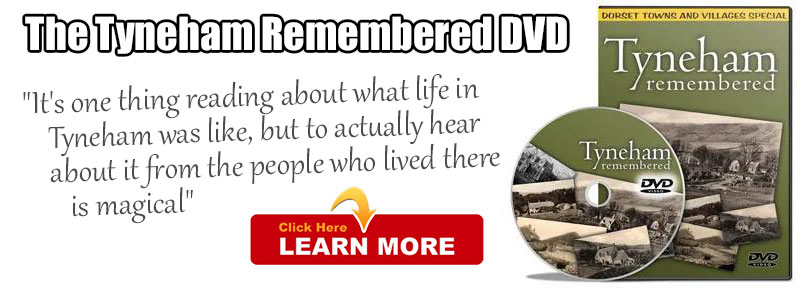
Are you able, I wonder, to put me in touch (preferably by email) with any member of the Bond family formerly of Tyneham House? I am anxious, if I can, to establish the relationship between this branch of the Bond family and that of the Catholic Sir Henry Bond, an official at the court of King Charles II, and whose son, also Henry, fled to France with King James II in 1688. I am researching the latter who once owned an interesting collection of late seventeenth-century music manuscripts (and prints) which is now in the British Library and which, some time in the near future, I am hoping to write up for publication. This branch of the Bond family died out about the middle of the eighteenth century, but since the Tyneham branch also goes back to the early sixteenth century, I fancy there is a common link somewhere. I don’t recall seeing the name Nathaniel among any of the papers relating to the Bonds of Streatham I have previously looked at, and the great house built here by Sir Henry Bond in the 1670s (if I remember rightly) was burned to the ground by anti-Catholic rioters in 1688. It may well be that there is no direct connection, but nothing ventured, nothing gained. I shall be very appreciative of any help you are able to provide.
Yours sincerely,
Harry Johnstone, Emeritus Fellow in Music at St Anne’s College, Oxford.
Mr. Johnstone,
I’m not sure how long ago your comment was posted, so this may no longer be of interest to you. My uncle, Maj-Gen Mark Bond, son of the last owners of Tyneham, died in 2017, but I would be glad to answer any questions you might have.
This is very interesting. My Condolences to your Uncle Mark Bond passing in 2017. I did not know about the Tyneham House. Very interesting your connection and your Uncle’s Connection. I am connected to you as well, I think. My 9th Great Grand Father was Sir George Bond. I live in Reno, Nevada USA at this time. You can view me by Googling Robert Lynn Artist Reno Nevada
Highcliffe castle was in the same state of disintegration and yet someone with foresight and a love of history brought this back to its original glory. Why can this not be done with tyneham?
What an appalling story. No doubt all the senior army officers etc. are long gone, taking their ill gotten gains, so not too surprisingly , no-one can be held responsible. That’s an all too familiar happening. Hopefully their families feel suitably ashamed ( unfortunately pretty unlikely!).
Roger
It would interesting to find out benefitted financially as a result of the decision to relocate much of the building to other houses around the country.
I truly feel for the Bonds. I’m writing a book at the moment about haunted places and although this place isn’t haunted with ghosts it is still a ghost town. As I’ve learned more and more about this place and the Bond family my heart goes out to them.
What a travesty to see what became of this great house. The Bond family must have felt their hearts being ripped out by the losing of their home. Is the home off limits because of the dangers the Army left or just to be protected? I just finished reading a novel named The House at Tyneford by Natasha Solomons. The author changed the name but it is about the history of this house. I did my own research because I fell in love with this village, cottages and the people. How sad that it was reduced to what it is now but to know it still stands is remarkable.
Regards,
Palmela De Souza Brunelle
It’s hard to believe what you read about this – how can you only compensate someone for the vegetables in their garden. They lost their homes – surely the government need to put this right and at least restore this wonderful house even if it’s for weekend viewing or for the bond family to visit. We have a habit of going in taking what we want and giving very little back. I know we are not responsible for what went on through history but I think we should try and make things right if we can. This was not fair what happened in Tyneham. I feel for the Bond family. Were they able to start again in Dorset with their compensation. Do we really need a firing range now in this lovely setting when it could be moved elsewhere.
Mr. Johnstone,
I’m not sure how long ago your comment was posted, so this may no longer be of interest to you. My uncle, Maj-Gen Mark Bond, son of the last owners of Tyneham, died in 2017, but I would be glad to answer any questions you might have.